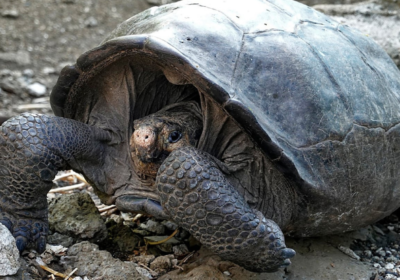Does it sound impossible that a balloon won’t pop when pierced? If done in the proper manner with proper caution, we can have a balloon that does not pop when pierced with a skewer. Inflate a balloon, pierce it end to end with a wooden skewer, and see the balloon still intact. Try this all by yourself in this balloon and skewer experiment.

Materials Required
Medium sized balloon – 1
Wooden skewer – 1
Oil or dish-washing liquid – 1 ounce
Steps to follow
- Inflate the balloon. Do not blow it up to its full size.
- Tie a knot at the end of the balloon.
- Take the skewer and smear a little oil or dish-washing liquid over it.
- Very slowly, pierce the balloon near the edge where it is tied. Did it pop? No.
- Now, let the skewer advance inside the balloon, all the way to the other end. Prick slightly at the other end also .
- In the end, you have a skewer in hand, with an inflated balloon wrapped around it.
What we learn
Now let us discuss the principle behind this experiment. A balloon, as we all know, is made from rubber. Rubber is made of molecule chains called polymers, which are elastic in nature. When we blow the balloon, air pressure causes these molecule chains to expand and stretch. This stretch is more for the molecules on the sides, and less for those at the top and bottom. Oil over the skewer acts as a lubricant, and reduces the surface tension over the balloon surface.
If you watch carefully, you will notice that the edge where you tied, and the edge opposite to it are slightly thicker. This means the molecules there are under less elastic tension. We inserted the skewer exactly at this portion. So the elastic rubber molecules curled around the skewer, and the balloon remained intact. When we take out the skewer, balloon will definitely deflate, but it won’t pop.
Will you get the same results if you pierce the balloon from the side? No. Molecules at the sides are under high elastic tension; so even the slightest prick will cause them to give way.
Do you wish to read more balloon experiments? Visit our Experiments section.
Here’s Something You Might Like
As a participant in the Amazon Associates Program, Science4Kids may earn from qualifying purchases.




